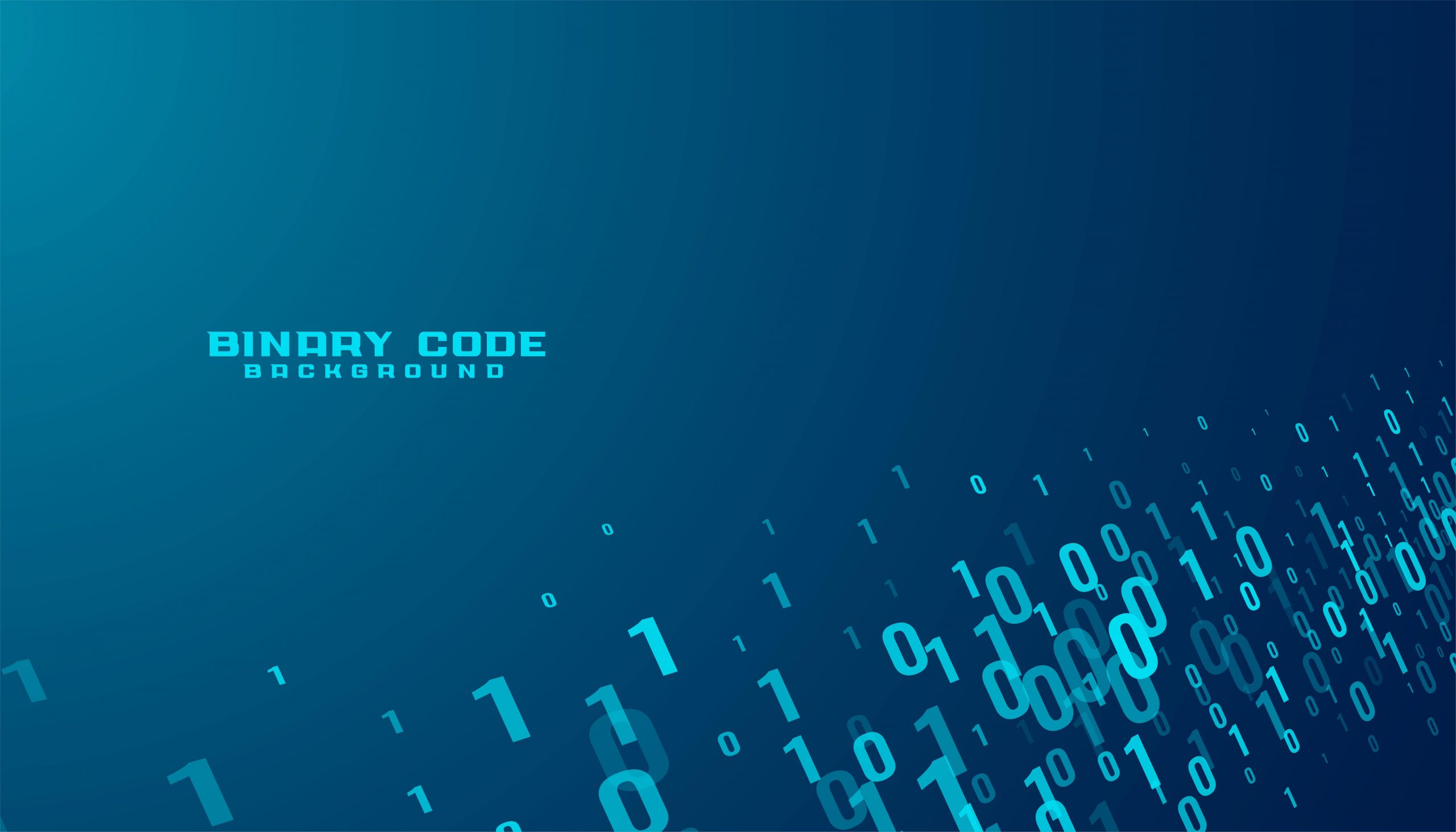You may have come across a file with the extension XML. You must have this question in your mind, what is this file and what are its uses? To answer this question, read the continuation of this practical article, which is about the XML markup language in the context of Android Java. In this article, we discuss the main concept of extensible markup language or XML. This language is used in Android application programming, data transfer, and software settings.
Table of Contents
The general concept of XML markup language
Extensible Markup Language (XML) is used to describe data. XML code, an official recommendation from the World Wide Web Consortium (C3W), is similar to Hypertext Markup Language (HTML). Both of these languages have markup symbols to describe the content of a page or file. HTML code describes the content of a web page (mainly text and graphics) only in terms of how it is displayed and interacted with.
XML data is known as self-describing or (self-defining), meaning that the data structure consists of itself and does not need to be stored. This code format can be used by any individual or group of individuals or companies who want to share information consistently. XML is a simpler subset of Standard Generalized Markup Language (SGML).
The basic building block of an XML document is an element defined by tags. Each element has a start and end tag. All elements in a document are contained in the outermost element known as the root element. It can also support nested elements or inner elements, this ability allows it to support hierarchical structures as well. Element names describe the content of the element and describe the relationship structure between them.
XML file properties
A good feature of the XML file is that this file is understandable and readable for the XML parser. The uses of this markup language are limitless. For example, computer manufacturers may agree on a standard or common method for describing information about a computer product (processor speed, memory size, etc.) and then describe the format of the product information in XML code. Such a standard way of describing data enables a user to send an intelligent agent (a program) to a website on any computer, collect data, and then perform a valid comparison.
Overuse of this language in many areas of technology diminishes its true value and leads to confusion. Perhaps the most damaging and predictable behavior is that many vendors look to XML using their own proprietary set of extensions. Although some want to add value, others are only looking to lock users into their products.
The power of XML lies in its simplicity. This markup language can take large chunks of information and create and manage them into a meaningful document that provides structure and organization to the information.
Advantages of XML markup language
- XML is based on the language of humans, not computers. In other words, XML is human-understandable.
- Writing code in the XML markup language is as simple as HTML.
- XML is fully Java-compatible and extensible.
- In XML, you can create your tags or use tags created by others that use the natural language of your domain and have the features you need.
Application of XML markup language
Today, various applications and devices use XML to manage, structure, store, transfer, and display data. For example, XML markup language is widely used in B2B data exchange. XML is also the standard for office file formats, including Microsoft Office and Google Data files.
Instead of integrating data into an HTML document, this markup language outsources it to separate XML files. Because these codes store data in plain text format, this storage is independent of your platform and your data can be easily transferred. Also, this language stores information without special formatting. This makes it portable in any system and does not require special hardware or software to display it. This flexibility has made XML be used in web and mobile programming.
Another use is that you can save your desired text in the form of an XML file, then design its appearance with the help of HTML regardless of the text. Finally, with the help of a few lines of JavaScript code, display the XML texts in HTML format. This makes it possible to change the texts whenever needed without changing the appearance and HTML codes.
XML on Android
In Android Java, we use XML to design Layout. Because XML is a very easy and light language, it does not make layout designs heavy and slow. XML helps you write user interface (UI) code in Android to design the user interface you want. The tags of this code are not predefined in the XML files, so we have to define the tags we need ourselves. XML is a very simple and scalable language that is both human and machine-readable.
In Android, you can easily design UI using XML markup language.
The difference between XML and HTML
- XML language is used to store and transfer data. But HTML is used to display data.
- Unlike HTML, XML tags are not defined and you have to define them according to your needs.
- None of them are substitutes for the other because each one is designed for specific purposes.
Introducing three types of Layout in an Android layout
Linear Layout: Aligns your content in one direction, vertically or horizontally.
Relative Layout: arranges your content relatively and your hand is more open to arranging View in this Layout, but Relative Layout is heavier than Linear Layout or Frame Layout.
Frame Layout: This layout is the simplest and lightest layout and does not have many features and is used for a single layout.
Types of XML files used in Android
- Layout XML
- Manifest XML
- String Xml
- Style XML
- drawable.xml
- color.xml
